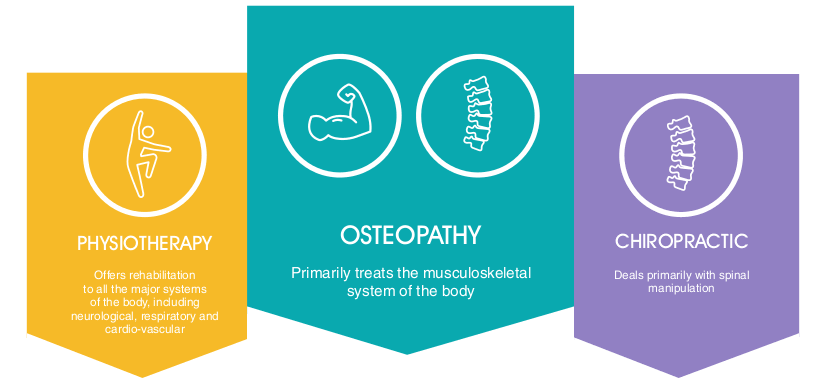Running is a liberating experience. If only we could run pain free 100% of the time, we’d have more chance of catching Kipchoge! A quick note on stats… according to one study the injury rate for runners is approximately 19.4 to 79.3%. This wide variation is likely to be due to the definition of injury. Its probably no surprise to also see that around 86% of recreational runners in the UK continue to run despite an injury that might cause pain and hinder their performance (I guess we’re all guilty of that at some point!).
The most common injuries affect the lower extremities and include medial tibial stress syndrome (MTSS), patellafemoral pain (PFP) or knee pain, iliotibial band type pain, plantar heel pain and various tendinopathies including the achilles, patella and hamstring tendons.
It might help us to appreciate what the risk factors for injuries are and if they are relevant to us as individuals.
Studies have attempted to measure risks for injuries. Here is a list of some of the factors that were included:
- Age
- Sex
- Weight
- Body mass index (BMI)
- Training including mileage, running shoes, surface and experience
- Health and lifestyle including previous injury and orthotics.
A review of various studies show conflicting evidence for factors such as age, weight, BMI suggesting that there is not a significant influence of these factors for running related injuries.
It did however, find significant sex-specific risk factors showing that overall men under the age of 40 were at a greater risk of injury than women, particularly if they’d had a previous injury. However, it also found that women were at a greater risk than men if they were older.
Other research has shown that women can be at higher risk of injury at various times during the monthly cycle. This is because hormones have an influence on connective tissue such as tendons and ligaments. More on the science of this in another article.
The most significant factors for runners overall was a history of previous injuries and therefore re-injury and the use of orthotics.
Running injuries usually manifest from overuse, mainly from training errors such as too much too soon and not enough time for tissues to adapt to the stimulus. Not running enough can ironically lead to overuse injury, since running stresses the musculoskeletal system which then does not have enough stimulus to adapt.
All of the runners I have seen in clinic have been due to overuse injuries and usually involving the connective tissue. The good news is that these injuries can all be rectified if we manage them appropriately. This includes managing the amount of loading we put through the tissue to allow them to adapt and sometimes with manual therapy techniques.



